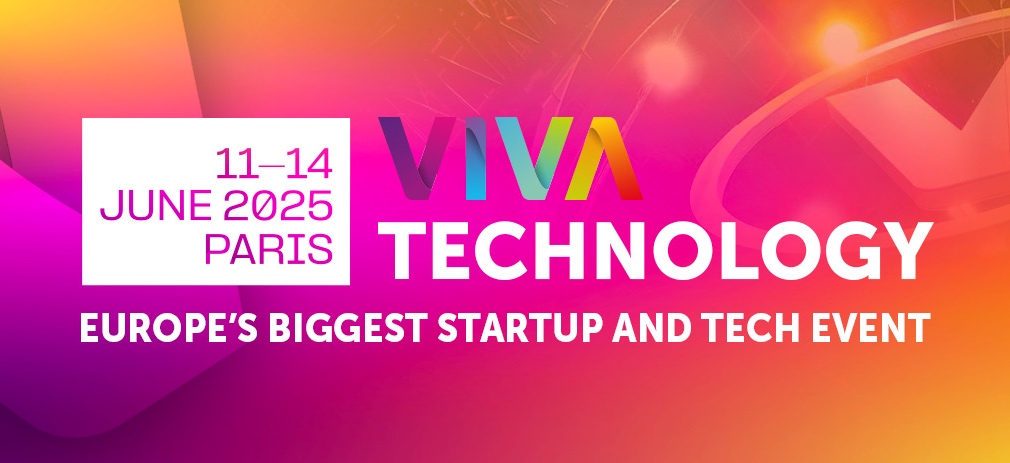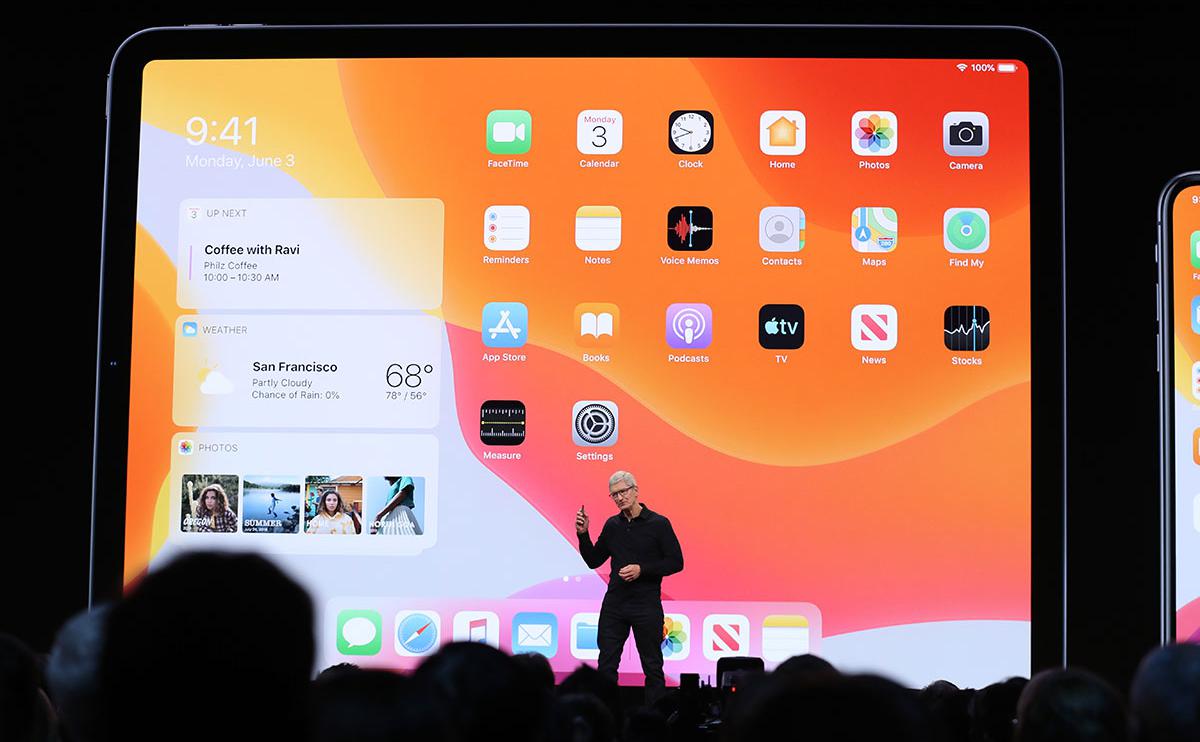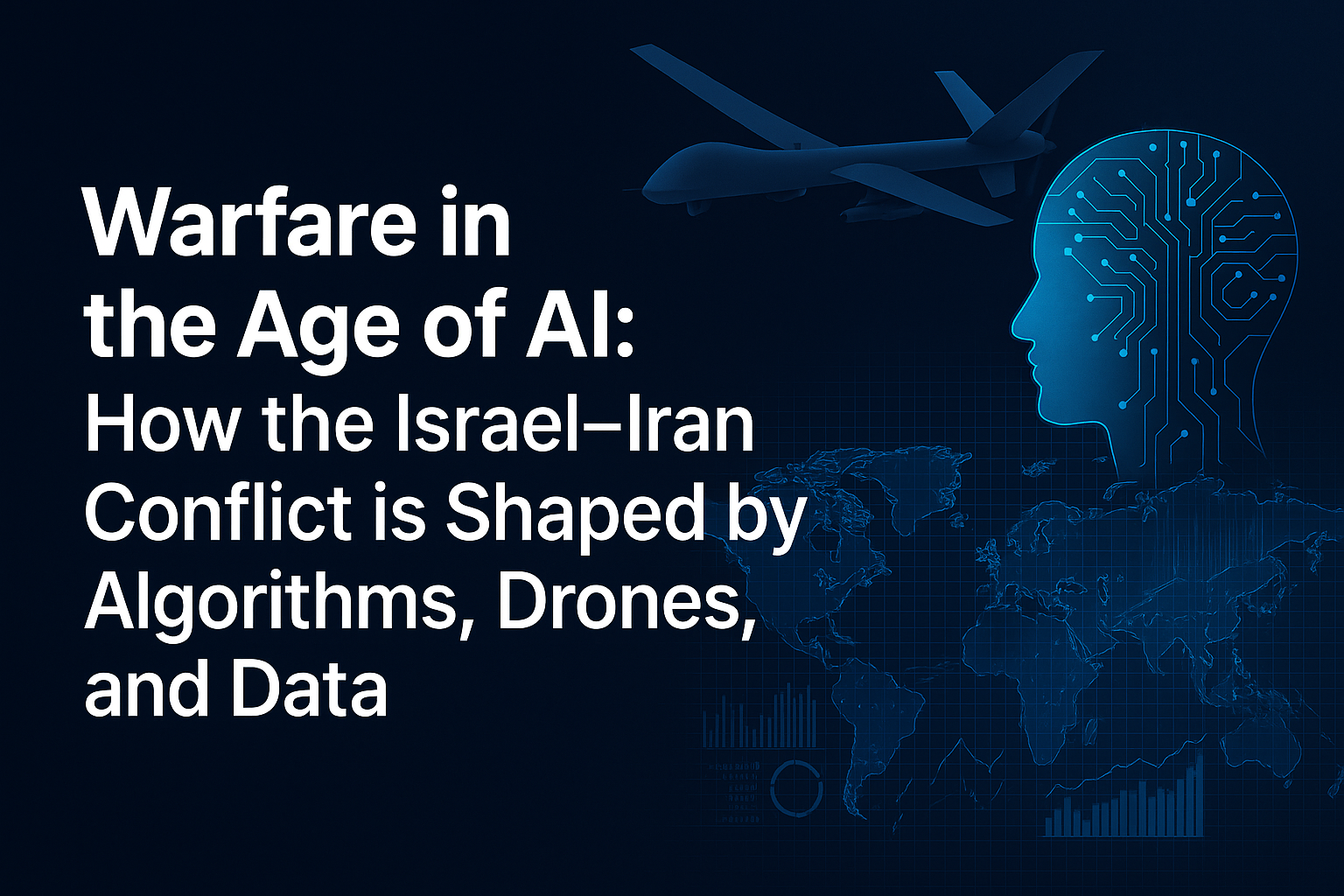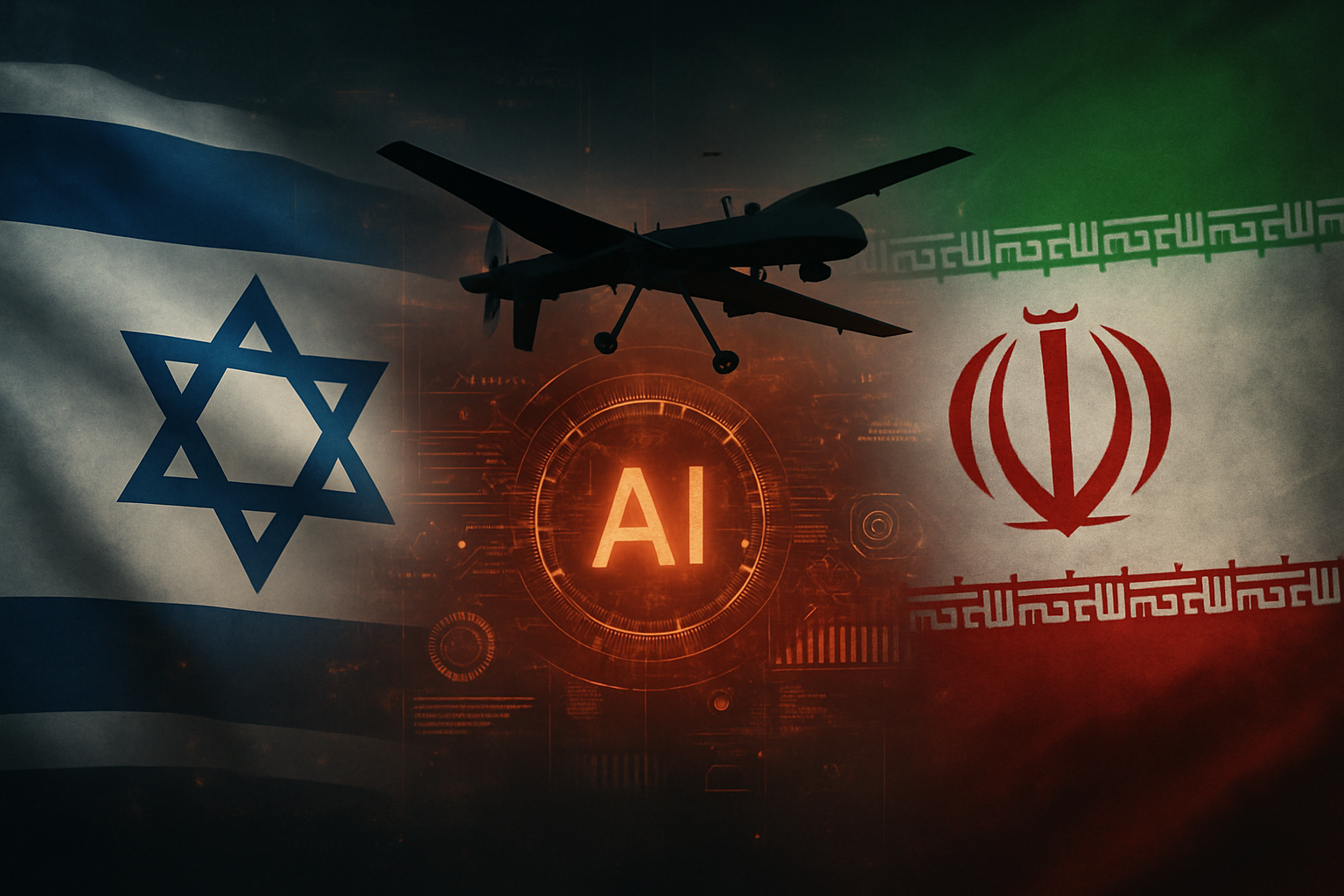- by Zlata Seregina Akkaoui
- Jun 08, 2025
NVIDIA Ignites Europe’s AI Revolution at VivaTech 2025
- By Zlata Seregina Akkaoui
- Sep Fri, 2025
- in News

At Paris's VivaTech 2025, NVIDIA stole the show with a vision of an AI-powered industrial revolution for Europe.
In his GTC Paris keynote, CEO Jensen Huang laid out a blueprint for Europe’s AI future:
He described new "AI factories" – explicitly generate the tokens of intelligence (i.e. the computations underlying AI output) from data centers – and emphasized partnerships with governments, telcos and cloud providers to build continent-scale AI infrastructure.
Themes emphasized were "agentic" AI (AI agents that reason and act autonomously) and local control over data ("sovereign AI").
As Huang explained:
By making compute more accessible, AI can be "the greatest equalizer" of human beings globally.
Next-Gen GPUs and AI "Factories"
Dram new hardware was the focus of NVIDIA's releases. Its flagship Blackwell GPU platform (the GB200 NVL72 "superchip") is branded as "one giant GPU" intended for thought and for reasoning. The partners already are taking these Blackwell systems into full production volume – NVIDIA noticed they are shipping about 1,000 GB200 servers per week. They hold huge parallel processing capability (originally designed for graphics, GPUs are today the driving force of AI) and will fuel everything from large language models to scientific simulation. In fact, NVIDIA showed how it is bridging classical AI and quantum: its CUDA‑Q platform for quantum computing is now running on Denmark's new Gefion supercomputer and on Grace Blackwell servers, fueling hybrid quantum‑AI work.
To further scale AI capacity, NVIDIA announced that it is building Europe's first industrial AI cloud. A massive AI "factory" in Germany will contain around 10,000 NVIDIA GPUs (in DGX B200 supercomputer nodes and RTX PRO server racks). This cloud will accelerate every stage of product development and manufacturing – from simulation to the factory floor. European motor industry behemoths like BMW, Maserati, Mercedes‑Benz and Schaeffler will run NVIDIA‑accelerated software (fluid dynamics, digital twins, robotics) on this platform to drive development dramatically faster.
To quote Huang:
"Every manufacturer needs two factories: one for making things, and one for creating the intelligence that powers them".
By defining AI infrastructure as national infrastructure, NVIDIA's strategy is to expand Europe's computing power for AI "tenfold" within a few years.
AI Software: Models, Agents and Blueprints
Software-wise, NVIDIA unveiled new AI build and deploy capabilities. It launched Nemotron, a development tool for creating custom large language models (LLMs) that are sensitive to local data and needs.
These next-generation open models will be driven into Europe's tech stack – for example, NVIDIA said:
Nemotron-based models will be made available through the Perplexity search engine, enabling secure, multilingual AI across the continent.
Huang also presented a series of agentic AI blueprints – open blueprints for building AI agents capable of specifying goals, learning and acting autonomously. These include an Agentic AI Safety blueprint and a new NeMo Agent toolkit to build AI "agents" (based on NVIDIA's NeMo system) and even a blueprint for constructing continuous data "flywheels."
One particular example was the AI Blueprint for Telecom Network Configuration.
Unveiled during the conference, this roadmap shows how telecom operators can utilize LLMs and agentic AI to auto-tune networks. NVIDIA collaborated with BubbleRAN to train models on 5G network data and demonstrated agents that can dynamically adjust parameters (e.g., signal strength vs. energy usage) in real-time. Norway's Telenor Group (with over 200 million subscribers) was the first carrier to put this blueprint into action in its 5G networks, which would conserve staggering amounts of operating costs. In brief, NVIDIA's software and blueprints try to insert "brains" into industries – making specialists' experience into independent AI workflows.
Partnering with Industry: Telecom, Media, Retail
In addition to hardware and software, NVIDIA presented many industry partnerships at VivaTech. It revealed, for instance, that it was collaborating with the European Broadcasting Union (EBU) – the alliance of public broadcasters in 50+ countries – to create sovereign AI for media. Together, they will create European-owned AI and cloud architectures (with NVIDIA AI Enterprise software, custom foundation models and data‑local LLMs) to enable public media to innovate while having total conformity with EU policies and privacy laws. NVIDIA is even providing its hardware (Grace Blackwell chips, RTX PRO servers, DGX Cloud, etc.) and training facilities (through its Deep Learning Institute) to the EBU members for making AI adoption secure and efficient.
Retail and consumer companies also came to the party. Legacy brands showed how they're using NVIDIA technology across the product lifecycle. Nestlé announced it is working with NVIDIA and Accenture: they'll use Omniverse to create 3D virtual twins of Nestlé products so marketing teams can quickly create images and packshots without needing to re-photograph them. Luxury group LVMH (Moët Hennessy) and startup Grip debuted an Omniverse‑based platform for rapid digital asset creation in marketing content. And L'Oréal unveiled a broad partnership to implement NVIDIA AI Enterprise across its creative pipelines, powering its generative AI platform as well as a new AI‑powered beauty recommendation startup (Noli) for personalized shopping experiences. Overall, businesses ranging from telecom to fashion are adding NVIDIA-accelerated AI agents and digital twins to boost efficiency and creativity across Europe.
Robotics, Smart Cities, and Physical AI
Among the burning themes at VivaTech was "physical AI" – AI embodied as robots, cars and intelligent infrastructure. NVIDIA showed how European robotics businesses are leveraging its Isaac platform to advance.
For example, its open-source Isaac GR00T N1.5 humanoid robot model (for robot brains) is available on Hugging Face, and new Isaac Sim 5.0 and Isaac Lab 2.2 (tools for simulation and learning) are open to developers.
NVIDIA also applied its Halos safety system (initially for autonomous cars) to robotics, providing hardware/software solutions to certify safety in AI robots. At the show, companies like Universal Robots demonstrated NVIDIA-based cobots (UR's latest UR15 arm, featuring integrated AI inference) and Wandelbots used Omniverse for virtual programming of robots in manufacturing settings. Startups to full-fledged manufacturers' partners (e.g., Agile Robots, Neura, Vorwerk, etc.) are utilizing Isaac and GR00T models to train robots faster and more securely.
NVIDIA also transferred the same principles to cities. It released an Omniverse Blueprint for Smart City AI, a reference architecture combining Omniverse (3D simulation), Cosmos (synthetic data), NeMo and Metropolis (video analytics). With it, computer programmers can make photorealistic digital twins of whole cities and experiment with AI agents on them. Early adopters like XXII, Akila and Linker Vision are already putting this to use to model traffic, energy grids and civic safety.
For example, France's SNCF used a virtual twin of rail stations (Monaco and Marseille) with AI agents monitoring operations; the result was 100% on-time preventive maintenance and 50% fewer downtime.
In Italy, Palermo city is using AI based on Omniverse to examine thousands of streams of video for crowd safety and traffic prediction. These demonstrations showcased how NVIDIA's stack can bring AI out of the lab and into the real world – from robot arms on the factory floor to intelligent transport infrastructure in our cities.
Conclusion: Powering Europe's AI Future
VivaTech 2025 firmly set Europe on the path as a leader – rather than a consumer – of AI, and NVIDIA is taking its place at the forefront of the charge. The announcements demonstrated a blueprint for next-generation intelligence infrastructure: GPUs and AI clouds engineered like factories to build the data and models that drive innovation. Interestingly, much of NVIDIA's work is concentrated on local control and security – from "sovereign AI" cloud strategies to controlled layers of AI agents.
As Huang noted:
All nations in the world today want AI in its infrastructure and a seat at the table for the next industrial revolution.
For the world and Europe, the VivaTech sessions demonstrated that the next era of AI is being built – with new software, chips, and collaborations – and that NVIDIA will assist in building it brick by brick. The future of AI in Europe has never been brighter, it appears.



